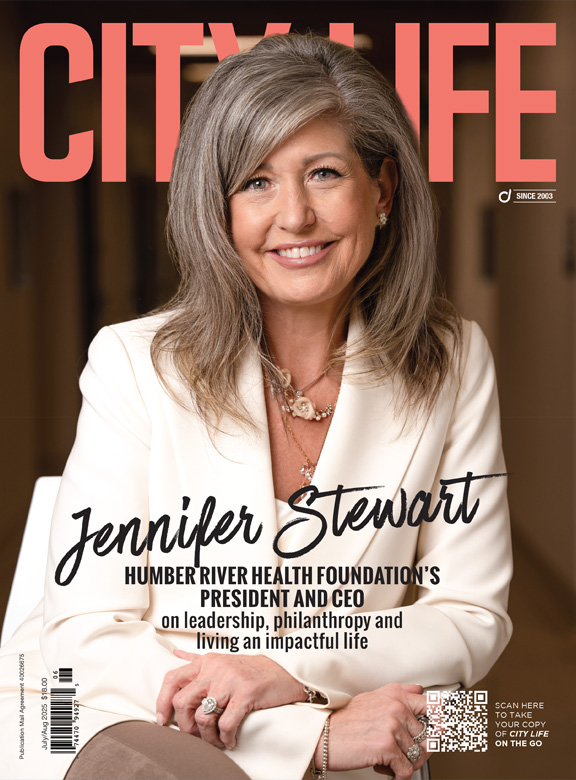Don’t Neglect Your RSP Accounts – Expert Advice from Jason Polsinelli

Educate yourself around the ins and outs of RSP accounts with the expert advice of Jason Polsinelli.
Jason Polsinelli of the Polsinelli Financial Advisory Group leads a premier financial planning, advisory and wealth management team at Scotia Wealth Management. His unrivalled experience and expertise in the industry means that he is the go-to professional to seek out when it comes to handling your financial needs. Jason hopes to share his experience with others and help as they prepare for the future. One component of financial planning that people often overlook is RSP or RRSP accounts. These retirement accounts are registered for certain tax advantages over regular investment or savings accounts, designed to help and encourage Canadians with their retirement income down the road.
Q. What is the main advantage an RSP account gives you?
A. When you contribute to your RSP, you are given a tax receipt that will allow you to reduce your taxable burden on your earned income from work. In some cases, for every dollar you contribute to your RSP, you may be able to get nearly half of that contribution returned in taxes.
Q. Are there any other advantages?
A. The other main advantage is that any investment income earned inside an RSP account is earned tax-free. This allows whatever investments are held within your registered plan to grow tax-free and compound at a much faster rate than other types of non-registered investment accounts.
Q. When will I get to use my retirement savings?
A. RSP accounts allow you to wait until you reach the end of the year you turn 71 years of age before you have to do something. Of course, if you retire sooner you can choose to do something at an earlier age. This depends on the individual and their retirement goals. The vast majority will convert these RSPs into retirement income funds (RIFs), which will allow them to take a gradual income stream every year into retirement.
Q. But don’t we have to pay those taxes back when we retire?
A. If your RSP is converted to an RIF at retirement there will be a minimum prescribed rate of withdrawal allowed by the government. Generally, it will start at an annual withdrawal rate of five per cent of the balance. This amount does go up slowly over time. Taxes will be owed dependent on how much your withdrawal becomes in combination with other income earned in a calendar year.
Q. Why are RSP accounts important to have?
A. With the rising costs of living and other unforeseen costs like health care, people need to really make sure that they have assessed and established a plan for retirement. For some people, RSP accounts may be their only form of retirement savings. Smart money will always look at a multitude of different savings and investment options working together to create a sustainable long-term retirement income plan. RSP accounts certainly fit in with those plans.
Q. How do I determine if I am on track with my retirement goals?
A. There are a ton of variables to consider when looking at your own retirement. All of these require expertise, not to mention the know-how required in understanding the impact of retirement on other financial goals like your estate and long-term care needs. Everyone’s circumstances are uniquely different. I would seek out comprehensive planning and retirement advice to help you determine where you are and what it will take to reach your retirement goals. Great advice can make all the difference in the world.
For more information, contact the team at
905-695-1518, or visit:
polsinellifinancialadvisorygroup.com















































































No Comment